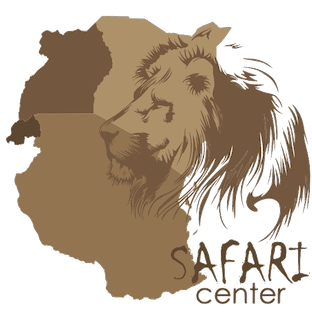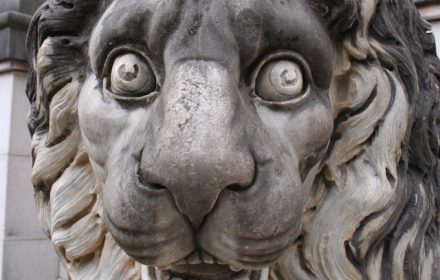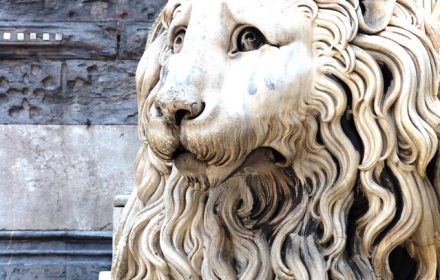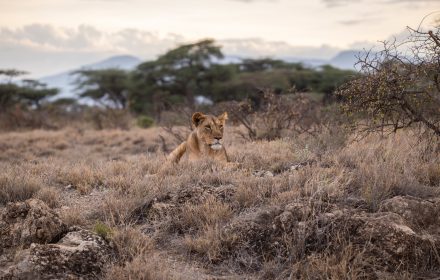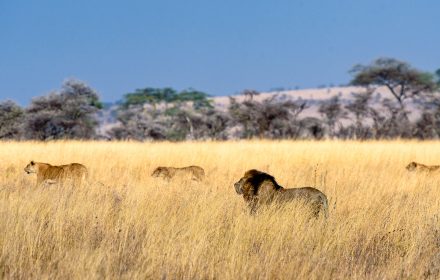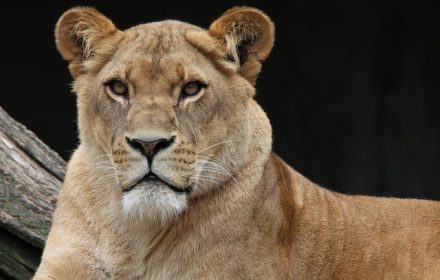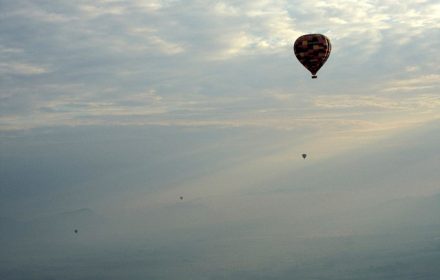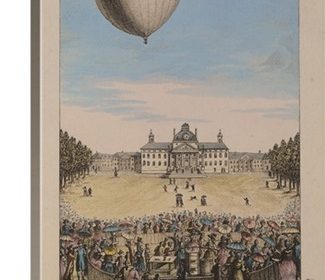People have used lions as a symbol for thousands of years. In some nations, lion causes fear because of the great power it wields and the fact that it walks in silent moccasins. Similarly, lion symbolizes various things in different religions and cultures. Depictions of lions are a millennium old and appear in nations across Africa, Asia, Europe, and throughout the globe. The Flag of Iran bore the Sun and Lion until 1979 from the year 1946. The coat of arms of the Netherlands, the United Kingdom, Bulgaria, Canada, Czechoslovakia, India, Spain, and Sweden has the depiction of the lion.
Articles by V
The lion is the head of the animal kingdom and thus a non-fearing animal. Hence, the most consistent depiction is the king of jungle. Since time immemorial, people have drawn inferences regarding the characteristics and features of lions and used them in lion symbolism. These inferences have diverse symbolic meaning. For example, a male lion is a symbol of power, and the lioness is the Mother. And in psychology, the lion stands for the latent passions in the unconscious. Lion parts carry different symbolism as well. Its carcass associates with honey, its head with care and its tooth with eternity.
Centuries ago, lions were the most ubiquitous large land mammals after humans, but today the African lion population is estimated to be a pitiful 20,000 in the wild. According to the estimates from Kenya Wildlife Service out of that roughly around 2,000 remain in Kenya. But the country is losing around 100 of them on an annual basis. According to the Fish and Wildlife Service of America, over the coming 20 years, it is projected to lose 50% of its population. In the past 20 years, its population had collapsed by 50 percent, although some put the decline rate higher.
A lion’s meal starts with the entrails such as the heart, kidneys, and liver. But this feral cat’s cuisine tastes vary widely. Some lions will eat everything except the stomach. Others show an adamant preference for the intestines. Some male lions prefer the flesh and will eat the hindquarters, which is the fleshiest part, while the females eat the entrails. The last part they touch is the head, and it is very unusual for them to open the skull. It’s fast-working digestive system allows them to gorge an average of 18kg in one sitting, and go for seconds shortly after.
A lone lion finds it difficult to catch a prey because the prey they choose to kill is faster and nimbler than the lions and can easily outrun a single lion. So, to increase their success rate, they hunt together using teamwork and smart tactics to bring it down. They form hunting parties to attack the fast animals found in the savannahs. Interestingly, the group organizes the hunting methods very well in a scientific and ruthless manner. They work cooperatively to attack the prey by forming two groups. Each lioness develops her unique role contributing to the success of killing.
Balloon building is a craft century in the making. The invention of one on the 4th June 1783 brings to mind two brothers, both prosperous paper manufacturers, named Joseph-Michel Montgolfier and Jacques-Etienne Montgolfier who made its first forays. They observed that heated air flowing into a fabric bag made it rise. The brothers thought that they had discovered a gas that was lighter than air. In fact, it was merely air, which became buoyant as it was heated. The bag rose because the air within was less dense and lighter than the surrounding atmosphere, which then pushed against the bottom.
Record Breakers In Hotair Balloon Industry On the 27th of August 1783 Jacques-Alexander-Cesar Charles, the French inventor launched a hydrogen balloon. He then went on to design and build a larger hydrogen balloon with the help of two engineering brothers Anne-Jean and Marie-Noel Robert. They included in it most of the…
A typical balloon ride lasts for about an hour. Weather conditions are best just after sunrise and 2 hours before sunset because light winds often occur during these timings. In between those times, when the sun is at its zenith, thermals make ballooning hazardous, although hot-air balloons can withstand temperatures of up to 250°F. But many ask how to maneuvre an hotair balloon. The launch and ground crew consisting of a minimum of four people spends much of the time inflating and deflating the balloon. Duties of the crew include launching, following in the vehicle, and getting permission for landing.
The pioneers of inflatable planes are unsung heroes. Mentions of them are few and far between. But giving credit where it is due is only appropriate. The pioneers of hotair balloons expounded on the buoyancy theory while designing the craft. The credit for hotair balloon invention goes to Jacques-Etienne and Joseph-Michel Montgolfier. They lived in the 18thcentury in Annonay, a town in France. Montgolfiers were paper manufacturers. Legend has it that the brothers took inspiration from watching the skirts of Joseph’s wife. The skirt billowed from the heat of a kitchen burner. Joseph’s wife used the burner to dry clothes.
The basket is the lowest part of the balloon, just underneath the burner. The basket is the compartment that carries the propane gas tank, the pilot, the passengers and other instruments. Baskets come in a variety of shapes and sizes. Some are smaller for private flights, and others are larger for commercial flights. It is also possible to tailor-make the basket to a set specification, from the wall height and width. Perhaps what makes wicker a resilient material would be a good follow-up read or study. If the wicker properties can assure safety in the air, it warrants further study.
